Perennial plants, or long-lived plants, are flowering plants that return year after year, offering long-lasting flowering and a perennial structure to borders. They offer many advantages, notably better resistance to climatic conditions and abundant flowering. Follow this guide to succeed in planting perennials in garden.
Why plant perennials?
Perennial plants are herbaceous plants that live for several years, keeping their roots in dormancy during winter before regrowing each season. They are generally classified into various categories, such as ground-cover perennials (periwinkles, ajuga…), floriferous perennials (Echinacea, delphinium...), shade-loving perennials (hosta, ferns...) or perennial grasses (stipa, miscanthus...). Perennials are very important in garden, as they provide:
- long-lasting flowering : perennial plants return each year, reducing need for annual replanting.
- aesthetic diversity : they offer a variety of shapes, colours and textures to enrich beds.
- better resilience : once established, they tolerate climatic variations better and require less maintenance than annual or biennial flowers.
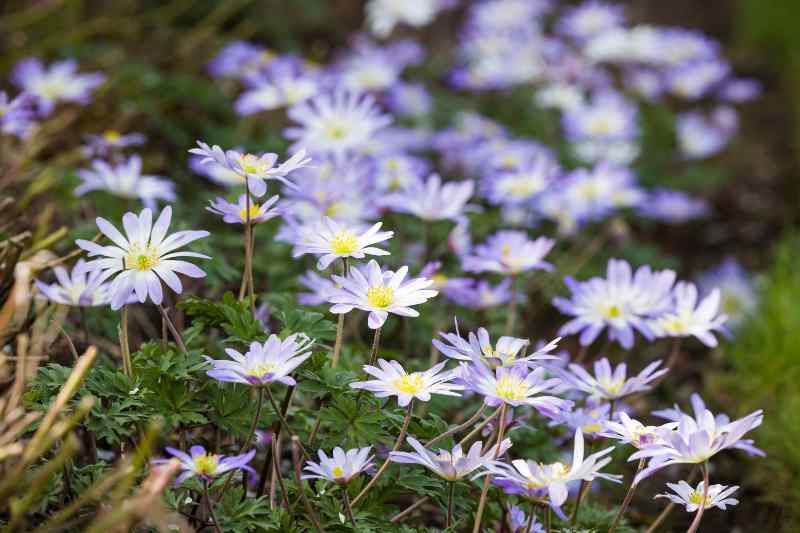
When to plant perennials in garden?
- Perennials in buckets or containers : planting can be done in spring (March to mid-May) for the most tender or in autumn (mid-August to late October) for very hardy perennials. These periods encourage rooting thanks to moderate temperatures and adequate moisture.
- Perennials as bare roots : here too, it is preferable to plant in autumn or early spring, while plant is in dormancy, to encourage rapid establishment.
Where to plant perennials?
Location will, of course, depend on species you wish to plant.
- Exposure : some prefer full sun, others partial shade or shade. It is essential to refer to needs specific to each species. You will find this information on label or on plant pages online or in gardening books.
- Soil type : well-drained soil is generally recommended. Depending on species, soil can be acidic, neutral or calcareous.
- Soil moisture : some perennials tolerate dry soils, while others require consistent moisture.
Oli's tip : to create a harmonious border, structure space by placing tallest perennials at back and shortest at front, to offer a balanced and attractive composition. By varying flowering periods and integrating melliferous plants, you ensure an attractive garden all year while promoting biodiversity by attracting bees and butterflies. Ingrid explains more in her advice sheet "How to create a beautiful perennial border?"
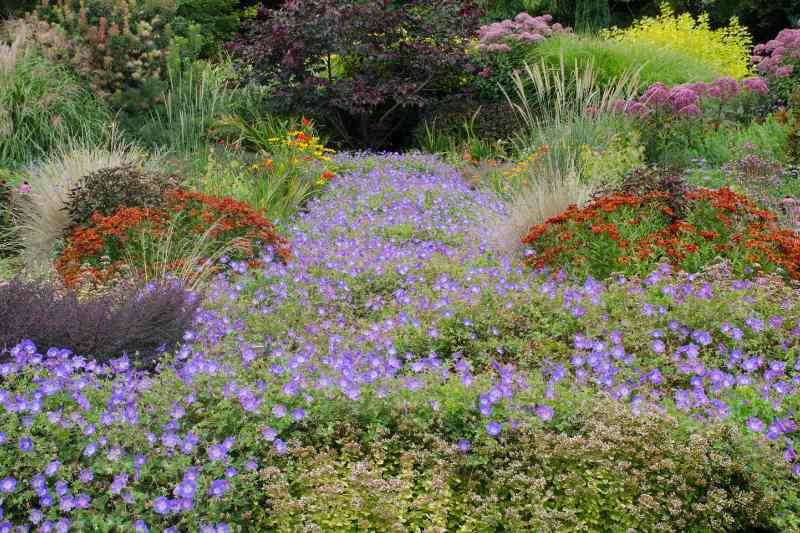
Tools needed to plant a perennial in open ground
- A spade or digging fork or a transplanter : to dig planting hole.
- A hand cultivator : to loosen soil around plant.
- Gardening gloves : to protect hands when handling plants.
- Watering can
- Compost or an amendment : to enrich soil if necessary.
Practical steps to plant a perennial in garden
- Soil preparation : loosen soil to depth equal to length of roots and incorporate compost or an amendment if needed.
- Digging planting hole : dig hole to depth of rootball and two to three times wider to help roots spread.
- Preparing plant : before planting, immerse buckets in a bucket of water for a few minutes to thoroughly moisten roots. Then remove plant from its pot and gently tease roots, especially if they form a rootbound mass.
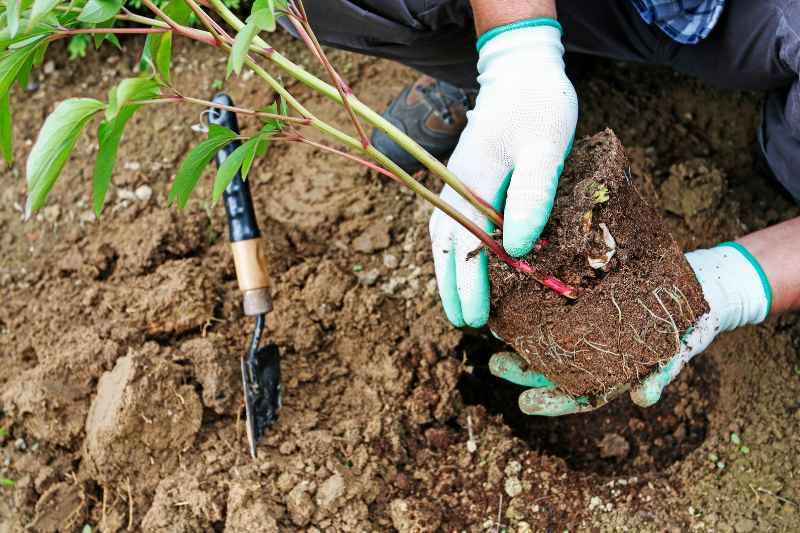
- Positioning plant : place plant in hole ensuring top of rootball is level with soil. Base of stem should remain slightly above soil level to avoid rot.
- Backfilling : refill hole with excavated soil, firming gently around roots to avoid air pockets.
- Watering : water thoroughly to ensure contact between roots and soil.
Warning : if planting perennials as bare roots, remember to coat roots with pralin. Dip them in a mixture of clay soil, dung (or dehydrated manure) and water to encourage establishment.
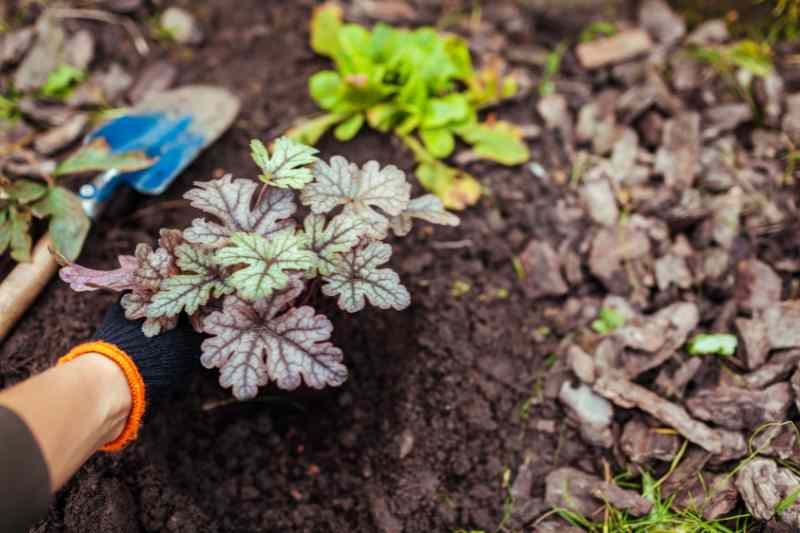
After planting: care and maintenance of perennials
- Watering : keep soil moist during first weeks to encourage rooting.
- Mulching : apply mulch around plant to conserve moisture and limit weeds. For species sensitive to cold, cover crown with organic mulch (dead leaves, straw, wood chips).
- Fertilisation : apply a suitable fertiliser in early spring to support growth.
- Pruning : remove faded flowers to encourage renewed flowering and cut back dead parts at end of season.
- Monitoring : inspect plants regularly for pests or diseases and intervene if necessary.
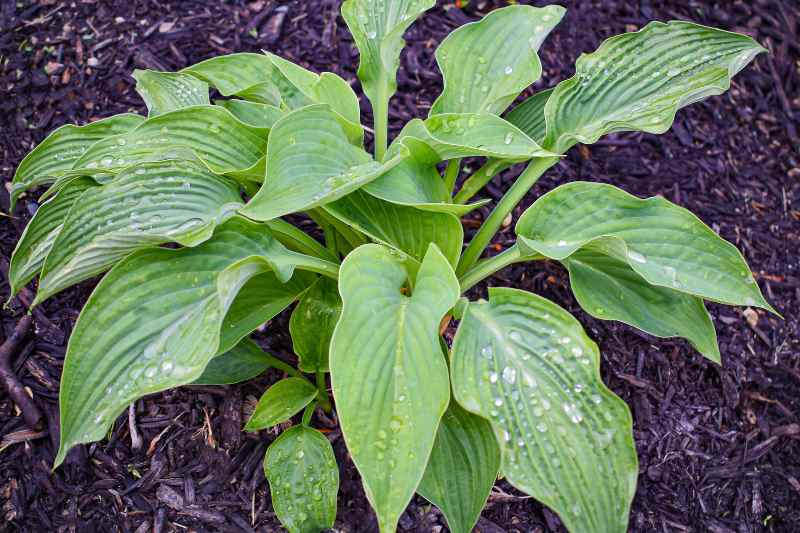































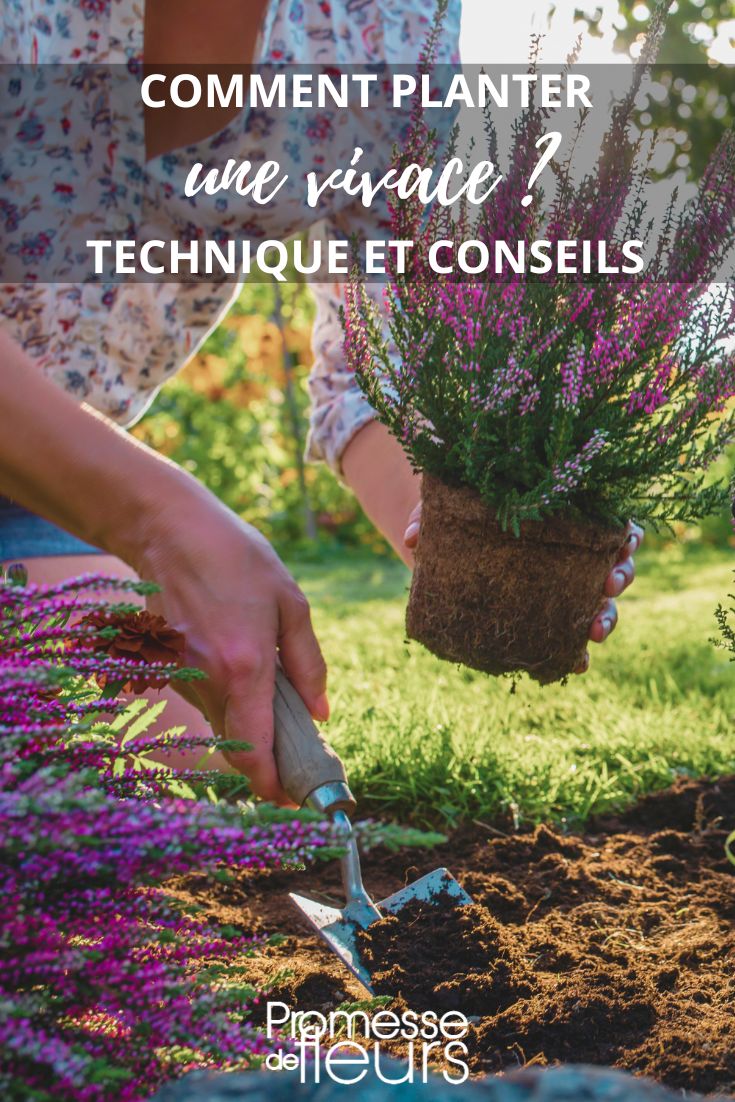
Comments